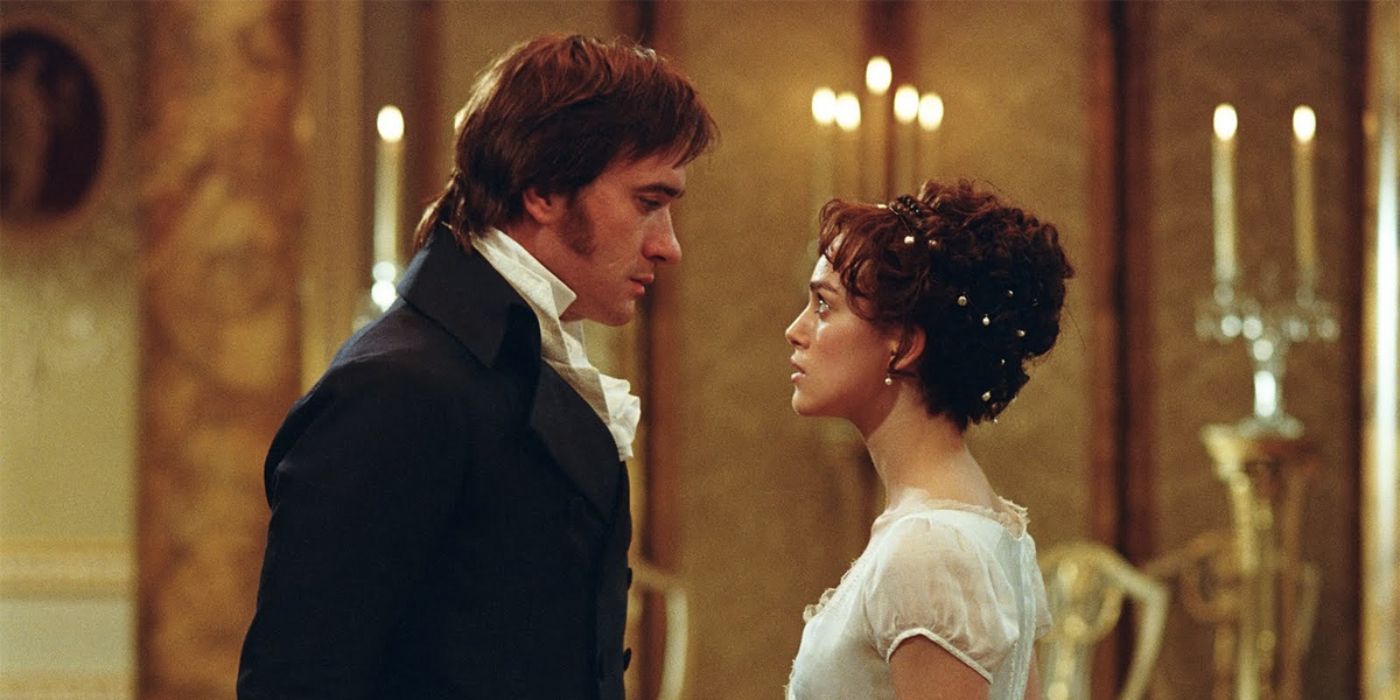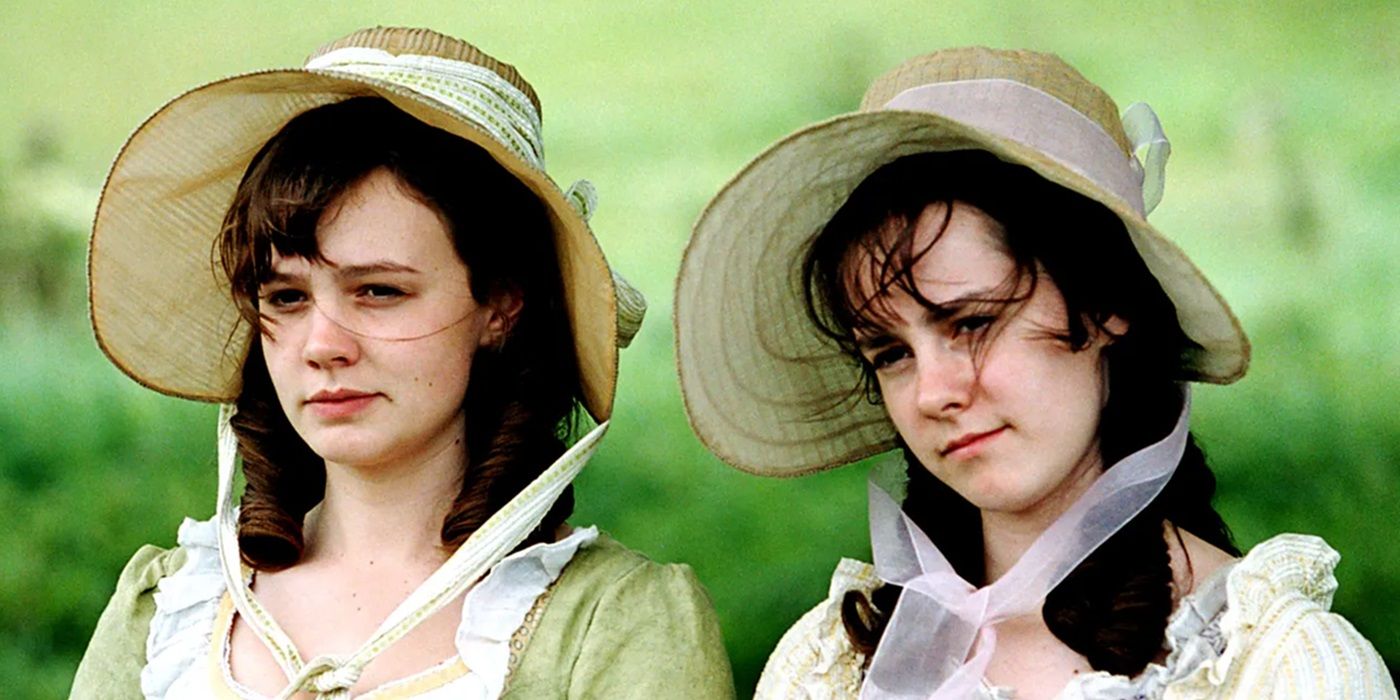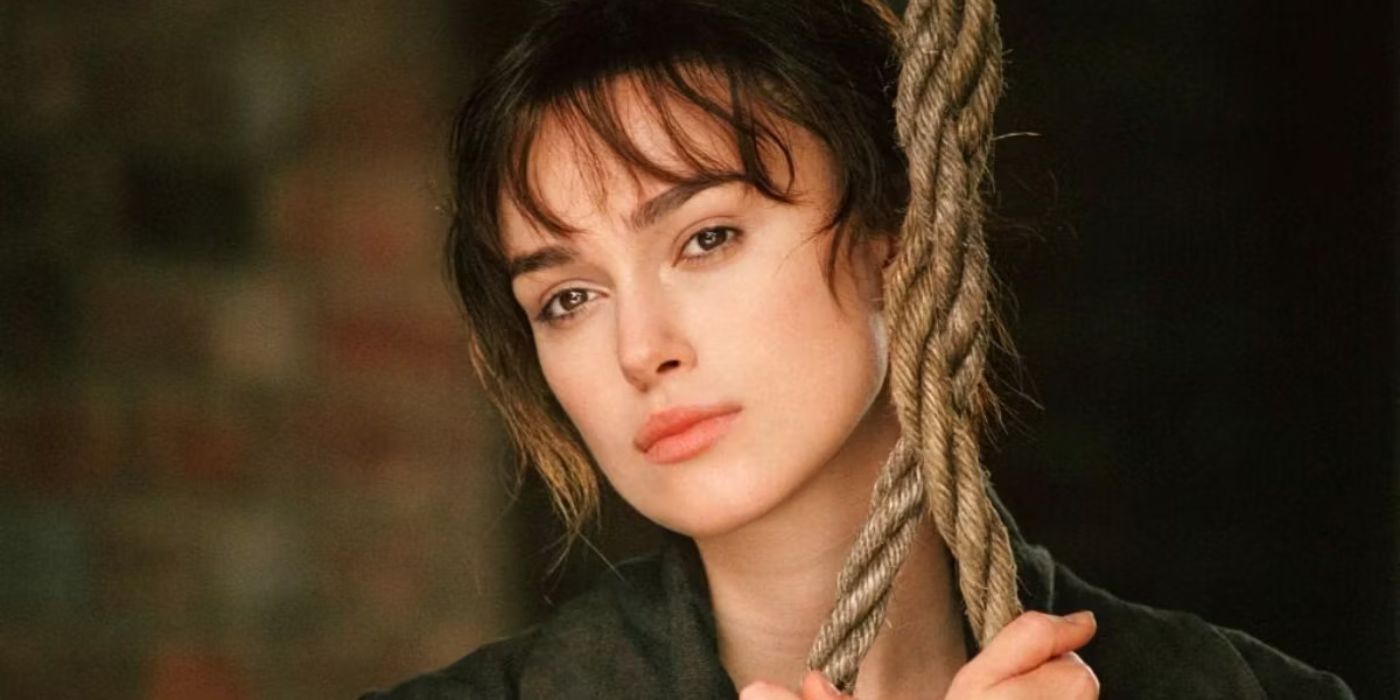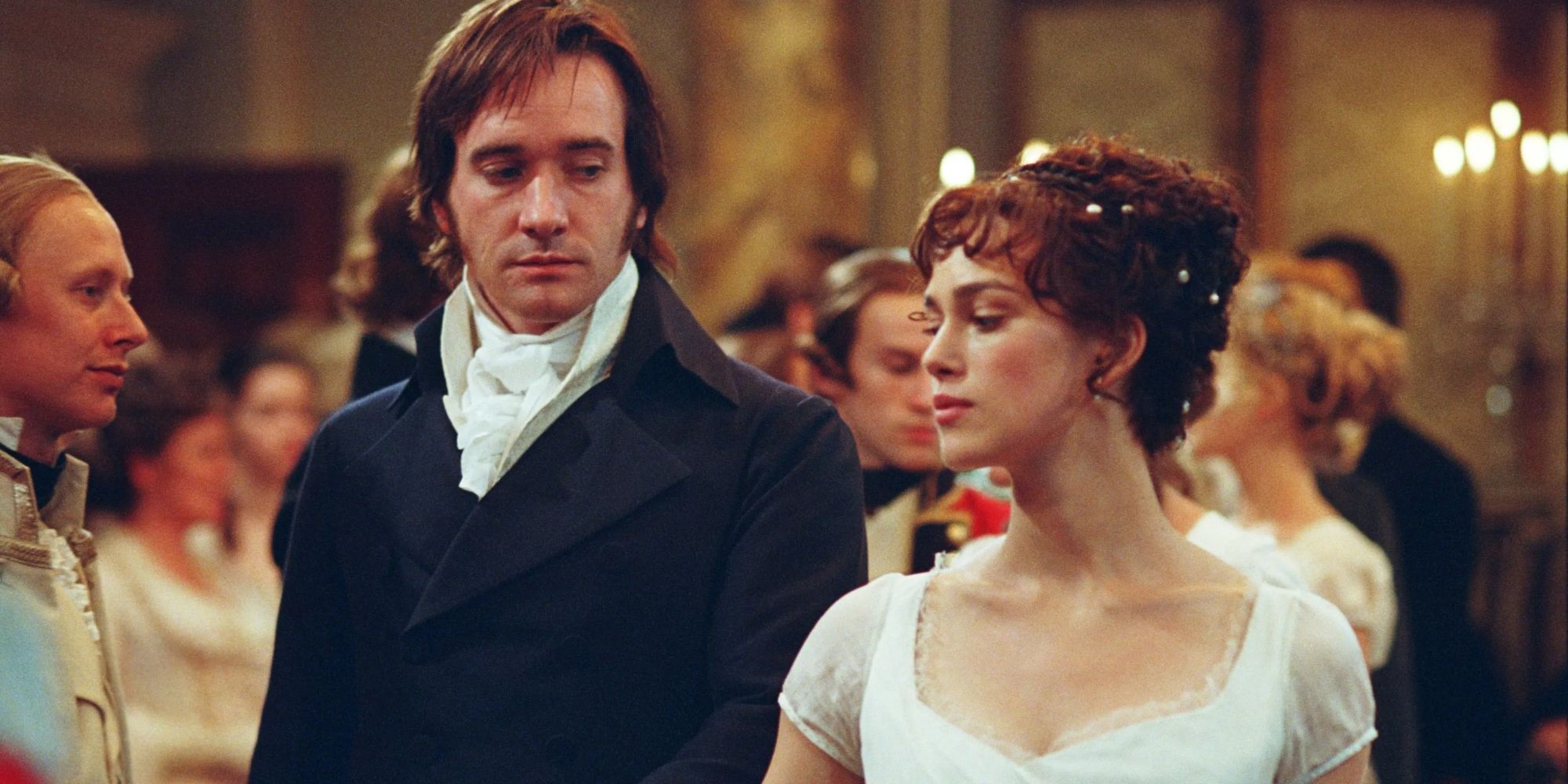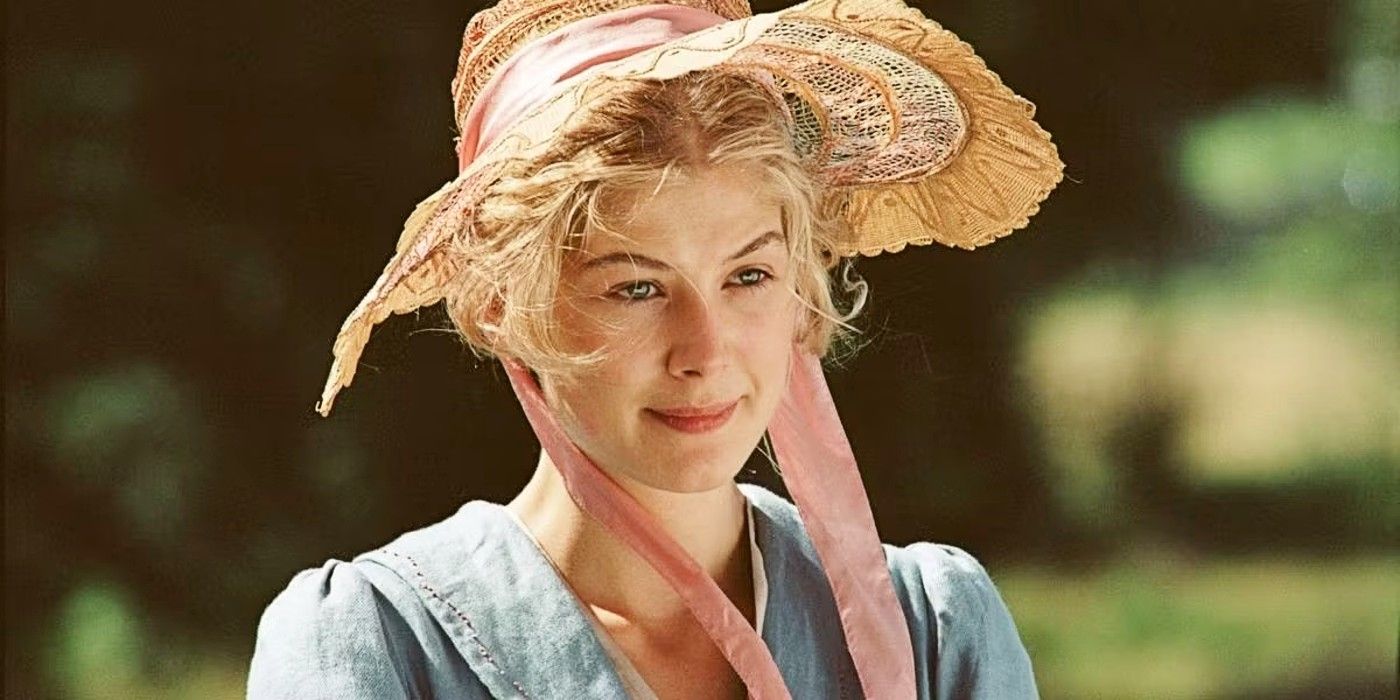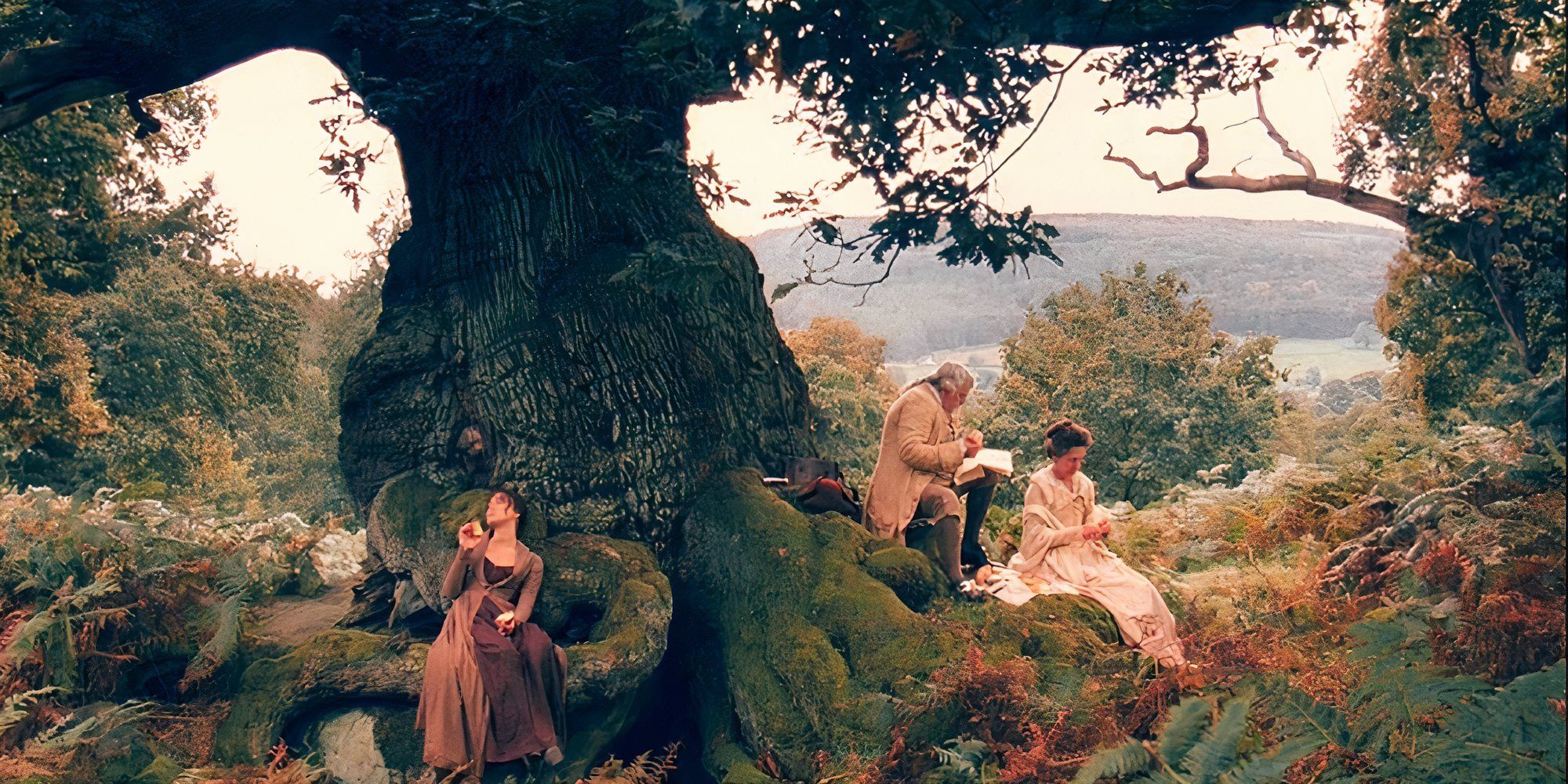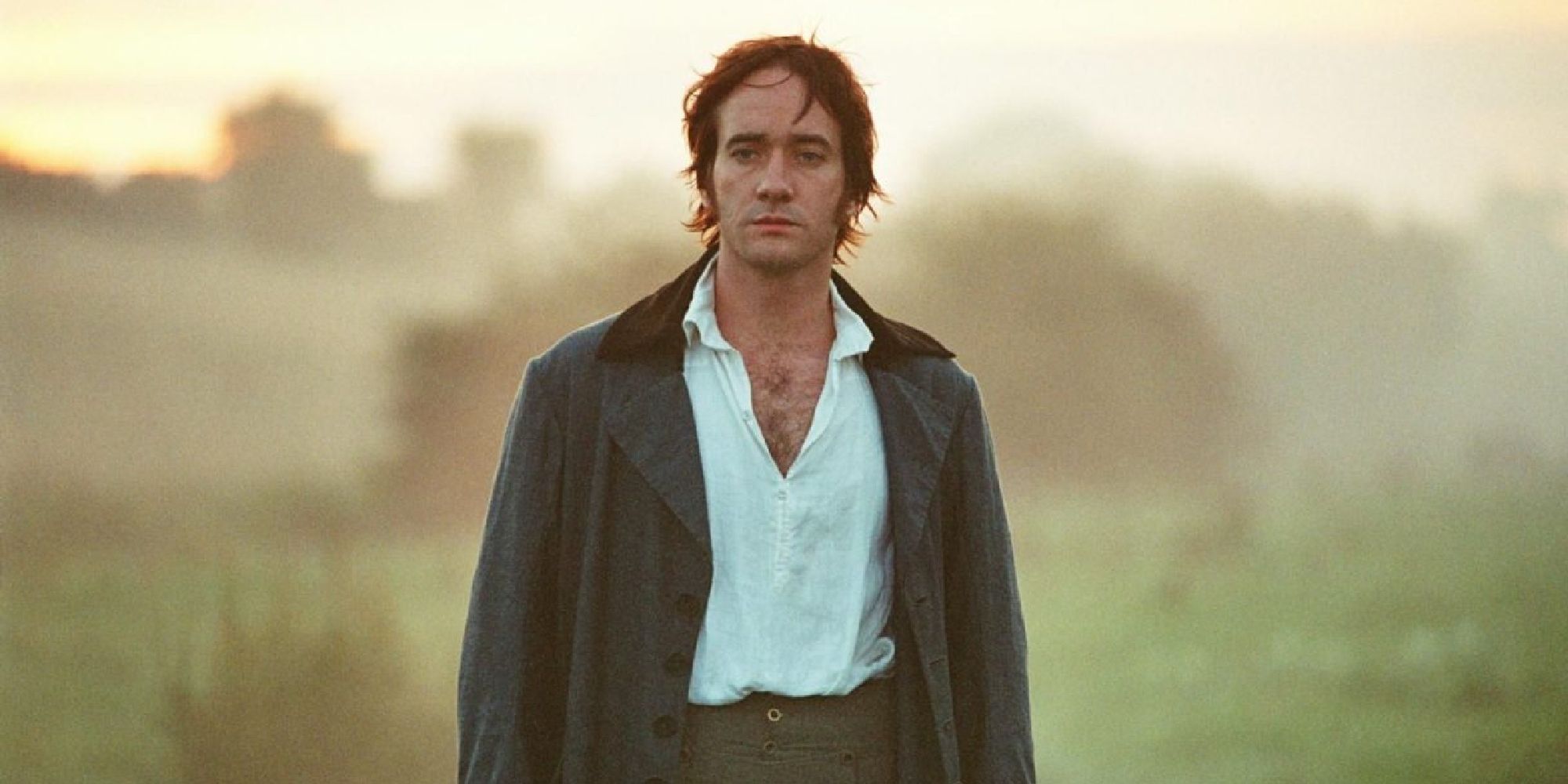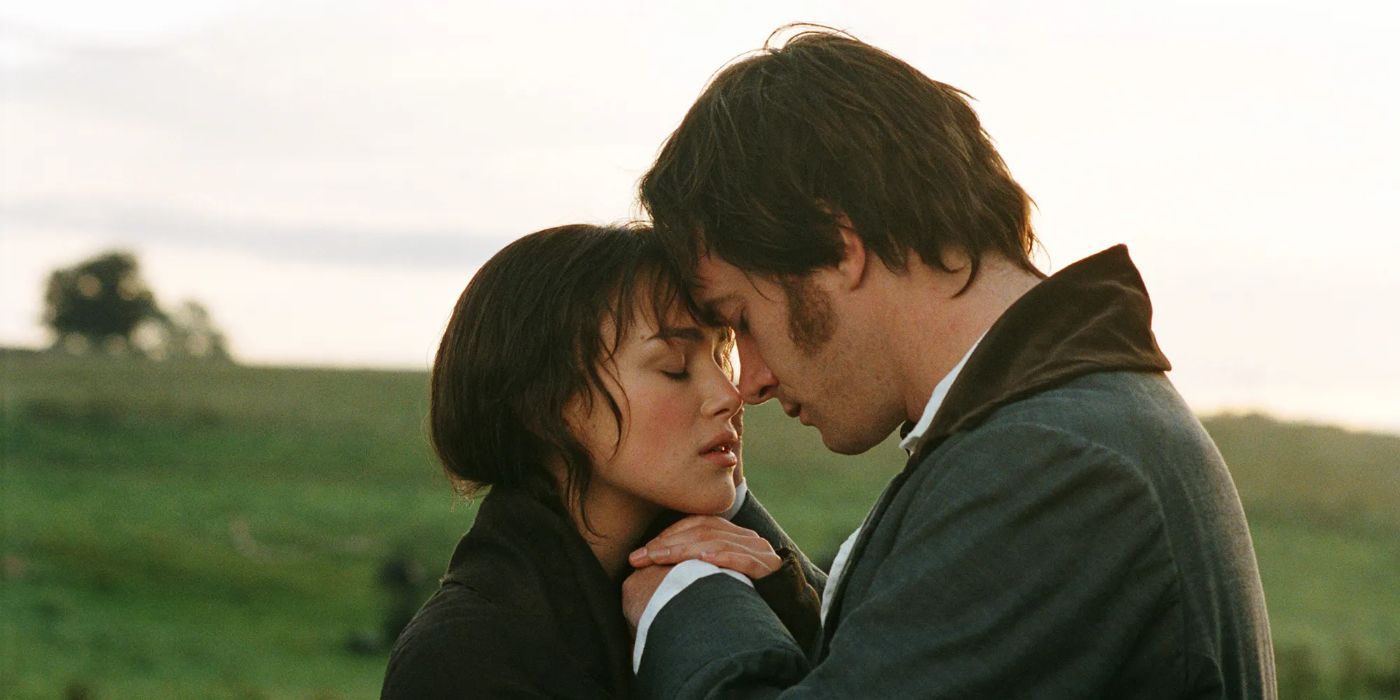2005’s ‘Pride & Prejudice’ Is the Best Jane Austen Adaptation — Here Are 10 Reasons Why
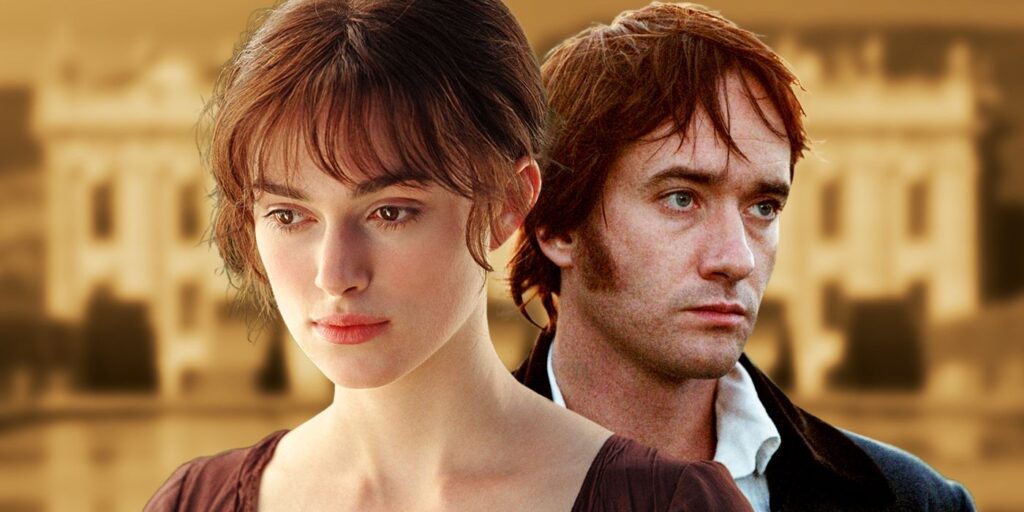
In the world of period dramas, grand declarations of love and unforgettable romantic gestures often take center stage. Jane Austen‘s Pride and Prejudice reminds us that some of the most romantic moments are neither a kiss nor a spoken word, but rather a sense of mutual understanding or the simple flex of a hand. That’s precisely what makes the 2005 film adaptation so unforgettable. It continues to captivate audiences decades after its release, standing out as a defining take on Austen’s beloved novel, even in the company of other cherished versions, such as the 1995 BBC miniseries.
By staying true to Austen’s core themes while adding modern touches that make it accessible to all audiences, Joe Wright’s adaptation becomes an immersive universal experience that continues to cast a spell on viewers worldwide. To celebrate its return to theaters on April 20th, we analyze all the reasons why Pride and Prejudice arguably remains the best Jane Austen adaptation.
10
Enduring Impact
A Period Piece That Refuses To Age
Although some period dramas feel like they belong strictly to the past, Jane Austen’s Pride and Prejudice is a timeless gem that effortlessly continues to captivate audiences. With an impeccable blend of humor and heart, which resonates with audiences of all ages, Wright’s movie has successfully immortalized Austen’s iconic love story.
Two decades later, Joe Wright’s adaptation continues to dominate pop culture, and it’s not difficult to understand why. From its unforgettable moments and quotes to its sweeping narrative, Pride & Prejudice‘s influence stretches across social media and is successfully kept alive, particularly in the digital realm where Internet memes and reaction videos take place. Still, it’s worth noting that it’s not only the viral moments that make Pride & Prejudice endure beyond its time — it’s how it effortlessly bridges the gap between Austen’s world and today’s audience. While adaptations like the original 1995 BBC miniseries are often hailed as the gold standard for Austen adaptations, the 2005 film has risen in prominence among the millennial generation, especially considering its accessibility and ability to introduce the timeless tale to younger viewers. It resonates with both Austen aficionados and newcomers alike, making it a must-see among romance enthusiasts.
9
Strong Supporting Cast
Featuring Rosamund Pike, Carey Mulligan, And Donald Sutherland
Although Keira Knightley and Matthew Macfadyen are wonderful front and center, the movie’s stellar supporting cast really helps elevate this beautiful adaptation. Rosamund Pike‘s sweet portrayal of Elizabeth’s gentle, quiet sister, Jane, has resulted in one of the most endearing roles in modern cinema; Carey Mulligan stands out in her breakout role as the playful and naïve Kitty Bennet; and then there’s the late Donald Sutherland, whose understated but warm performance as Mr. Bennet is impossible to ignore.
Each of these characters — and many more, including Tom Hollander as the awkwardly hilarious Mr. Collins and Dame Judi Dench as Lady Catherine de Bourgh — adds texture to the story. Thanks to them, every corner of this breathtaking fictional world is vivid, dynamic, and undeniably memorable.
8
Faithful Yet Fresh Adaptation
A Modernized Take That Breathes New Life Into Every Scene
Adapting Jane Austen is a delicate art, especially if you stray too far. However, Joe Wright‘s film strikes the perfect balance between reverence and reinvention, preserving the core of Austen’s key plot points, romance, and social commentary while simultaneously breathing new life into every scene. It honors Austen’s core narrative arc and central themes but also offers a freshness that resonates with modern audiences.
Although it does take liberties with certain details — including adjusting the time setting to the 1790s instead of the early 19th century, a change that history purists may not particularly like — and leans into a more overtly romantic and emotionally charged tone, Pride & Prejudice undeniably captures the heart and spirit of the novel. It’s not surprising that some may prefer the more comprehensive 1995 miniseries. However, these very elements make the story accessible and resonant for a new generation — and perhaps even for generations to come.
7
Joe Wright’s Artistic Direction
Every Shot Feels Like A Love Letter
Thanks to his keen eye for detail and clear understanding of this beloved narrative, Wright’s direction is nothing short of stunning. Whether we’re talking about the integration of striking natural landscapes, romantic realism, close-ups for emotional intensity, or the use of long takes and dynamic camera movement, Wright’s approach elevates Pride & Prejudice into an unforgettable cinematic experience that feels like a stunning art piece.
While the source material is undeniably rich, Wright’s vision transforms Austen’s masterpiece into something almost tangible and immersive — it’s like you’re stepping into his world and living alongside his characters. Wright’s attention to detail and visual storytelling mirrors the characters’ journey. Naturally, this results not just in an entertaining film, but also a touching viewing experience.
6
Beautiful Score
Melodies That Deepen Emotion
Next up is the astounding score that elevates the narrative to a higher level. More than merely background music, Dario Marianelli ‘s soundtrack is the perfect complement to Pride & Prejudice‘s visuals. It’s difficult to imagine what sitting through Wright’s movie without Marianelli’s work would be like, just as much as it’s hard to grasp a film without Knightley and Macfadyen.
From the delicate piano themes to the sweeping orchestral movements, the score is a central element to the film’s romantic tone — it amplifies the emotion on screen and heightens the intensity of key scenes. That said, it is not the least surprising that Marianelli’s Oscar-nominated score is widely celebrated as one of the 2005 adaptation’s most vital elements.
5
Breathtaking Cinematography
Beautiful Visual Storytelling
Set against the lush English countryside, the cinematography in Pride & Prejudice is nothing short of breathtaking, too. Crafted by cinematographer Roman Osin, it is one of the film’s most defining aspects, with every shot carefully composed to tell a story, saturated with rich color, dramatic lighting, and a romantic, painterly quality that fully brings the beloved story to life.
Visuals are a vital aspect when it comes to making audiences truly invested in the storytelling. The appeal of Osin’s cinematography is not only but also in its movement, seen in how the camera glides through crowded ballrooms, whirls around characters during dances, and follows Elizabeth as she navigates her world. It’s also intimate when it needs to be, whether it is capturing close-up expressions or shooting Mr. Darcy’s hand flexing after touching Elizabeth. All in all, the cinematography in Wright’s movie is not just about making things look pretty but is also a vital part of its storytelling.
4
Unforgettable Quotes
Blending Austen’s Lines With Fresh, Memorable Moments
One thing that the adaptation does incredibly well? Throwing Austen’s original wit and new and resonant lines into the mix — including the treasured Mr. Darcy line, “You have bewitched me, body and soul.” To many’s surprise, this iconic piece of dialogue is not in the book, yet lives in our heads rent-free. While Jane Austen’s sharp and elegant dialogue is still very much present, the movie wonderfully pairs those classic lines with original ones that feel just as timeless.
Sure, there are many layers to what truly makes a Jane Austen adaptation a great adaptation — Pride & Prejudice‘s quotes are definitely one of them. In the film, words are far more than just dialogue — they are elevated by how they are framed and delivered. For this reason, Pride and Prejudice speaks to both Austen fans and new viewers alike, offering us lines we want to memorize and perhaps even whisper to our loved ones.
3
Unbeatable Chemistry
A Love Story That Almost Transcends The Screen
From their very first encounter, the connection between Keira Knightley’s Elizabeth and Matthew Macfadyen’s Mr. Darcy radiates an almost palpable tension, thanks to the electric chemistry between the two, which only adds to Pride & Prejudice‘s greatness in the great scheme of things. Their glances alone carry volumes, and their interactions — no matter how small — are enough to keep audiences invested (especially those who love slow burn).
What makes their dynamic so unforgettable is especially how grounded and realistic it feels, and the smoldering build that mirrors a very real and complicated attraction. Whether bantering or internally swooning over each other, Knightley and Macfadyen pretty much invented yearning, with their obvious chemistry bleeding through the screen at all times.
2
The Perfect Leads
Two Talented Stars Who Fully Embody Their Characters
Frankly, as previously stated, it’s impossible to envision this version without Knightley and Macfadyen’s talents in it. They are the magnetic heart of the film. While Knightley brings fire and a modern edge to Elizabeth, Macfadyen excels as the quietly intense yet vulnerable Mr. Darcy; the two complement each other beautifully.
Together, they strike the perfect balance of tension and tenderness — viewers don’t just watch their relationship unfold but feel it simmer, stumble, and soar. As previously highlighted, their connection and dynamic are off-charts, with their portrayals rising above merely serving the story, elevating it to a higher ground. No wonder some believe that they are the best Jane Austen adaptation duo.
1
The Iconic “Hand Flex” Scene
More Than Just A Scene — A Cultural Touchstone
This unforgettable scene has been etched into the hearts of fans and endlessly referenced ever since, and it’s far from difficult to see why. Equal amounts beautifully captured and undeniably meaningful, this memorable moment of restraint captures a thousand emotions: longing, hesitation, and desire — all of which it has become a symbol for. The scene takes place after a charged exchange between Elizabeth and Mr. Darcy. As she steps into her family’s carriage, Darcy helps her up — his bare hand meeting hers in a gesture both scandalous and intimate, considering the era.
When we look back at some of the most romantic scenes in film, this one moment, charged with sensuality, is definitely at the top of the list. What’s so great about it, too, is how it is not overly sexual but rather deeply sensual, achieving its cultural status as one of the most poignant. Considering Darcy’s subsequent hand flex — a mix of improv by Macfadyen — and how it captures both his emotional and physical reaction to the moment, it’s pretty much impossible not to swoon.
Focus Features is re-releasing PRIDE & PREJUDICE nationwide in a special theatrical event starting on April 20th.
Tickets available HERE

